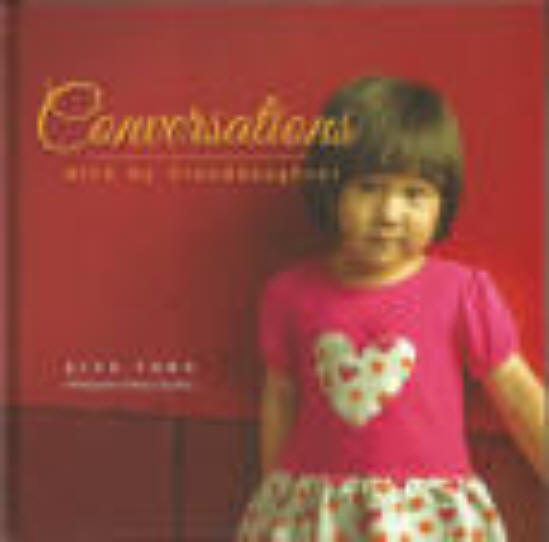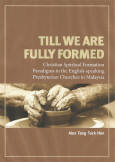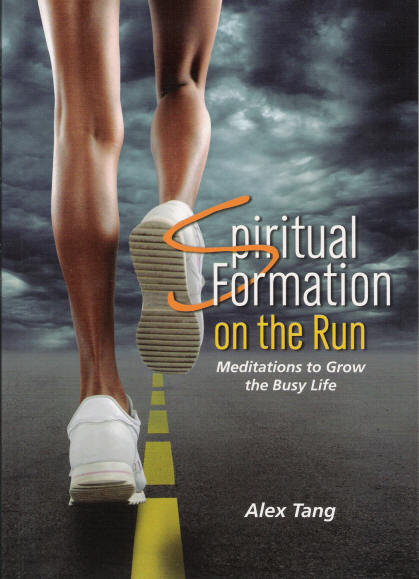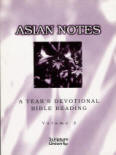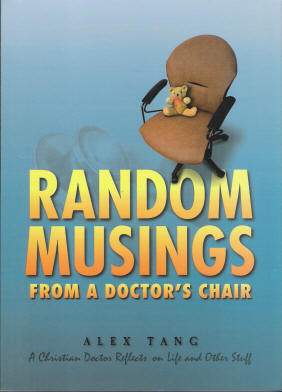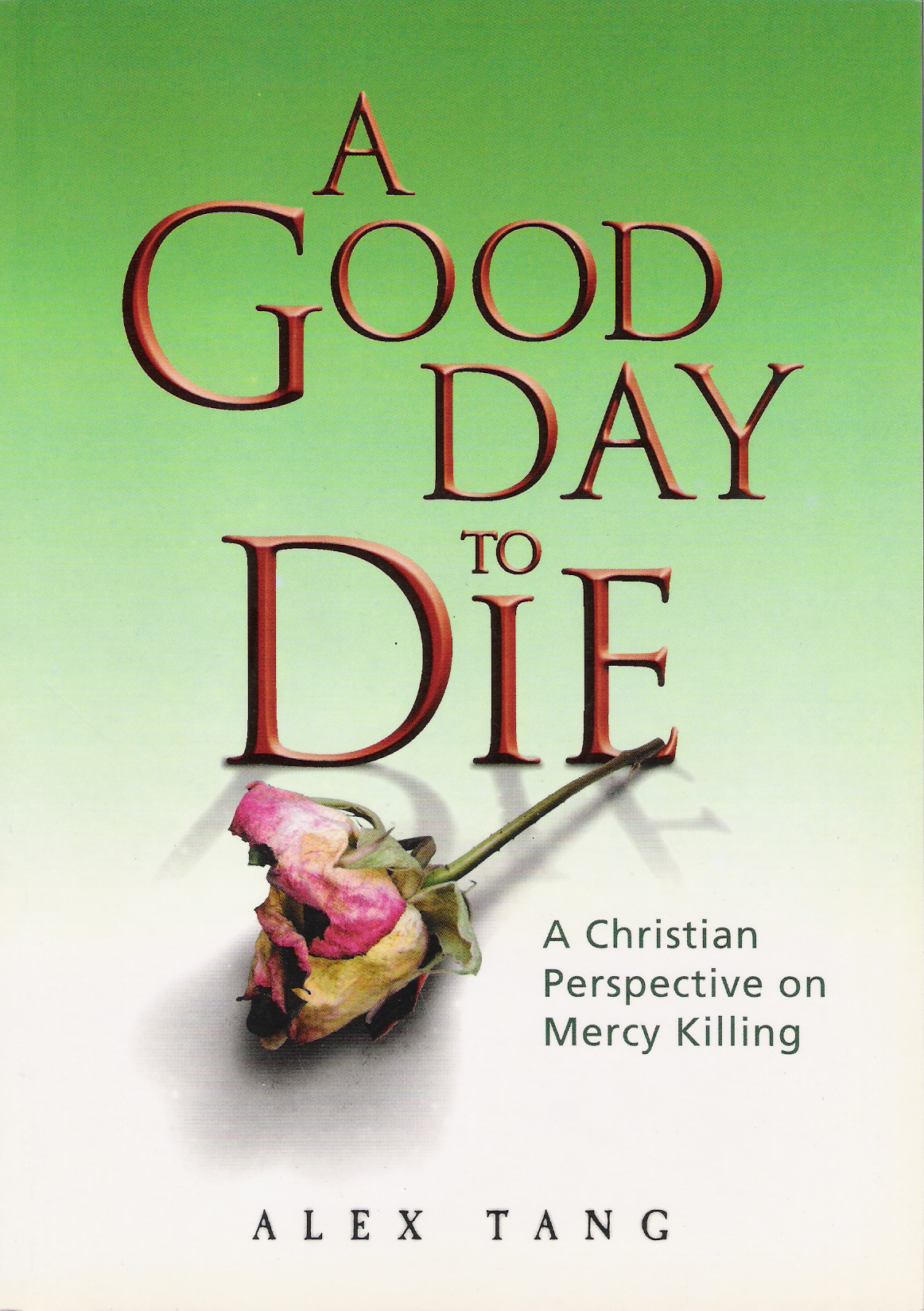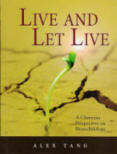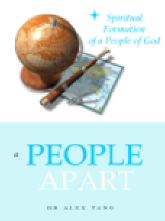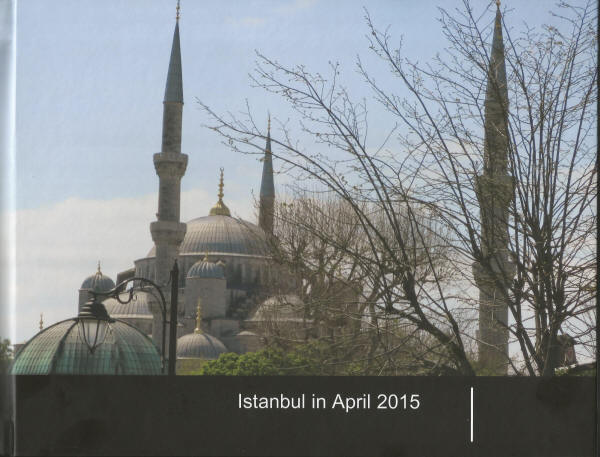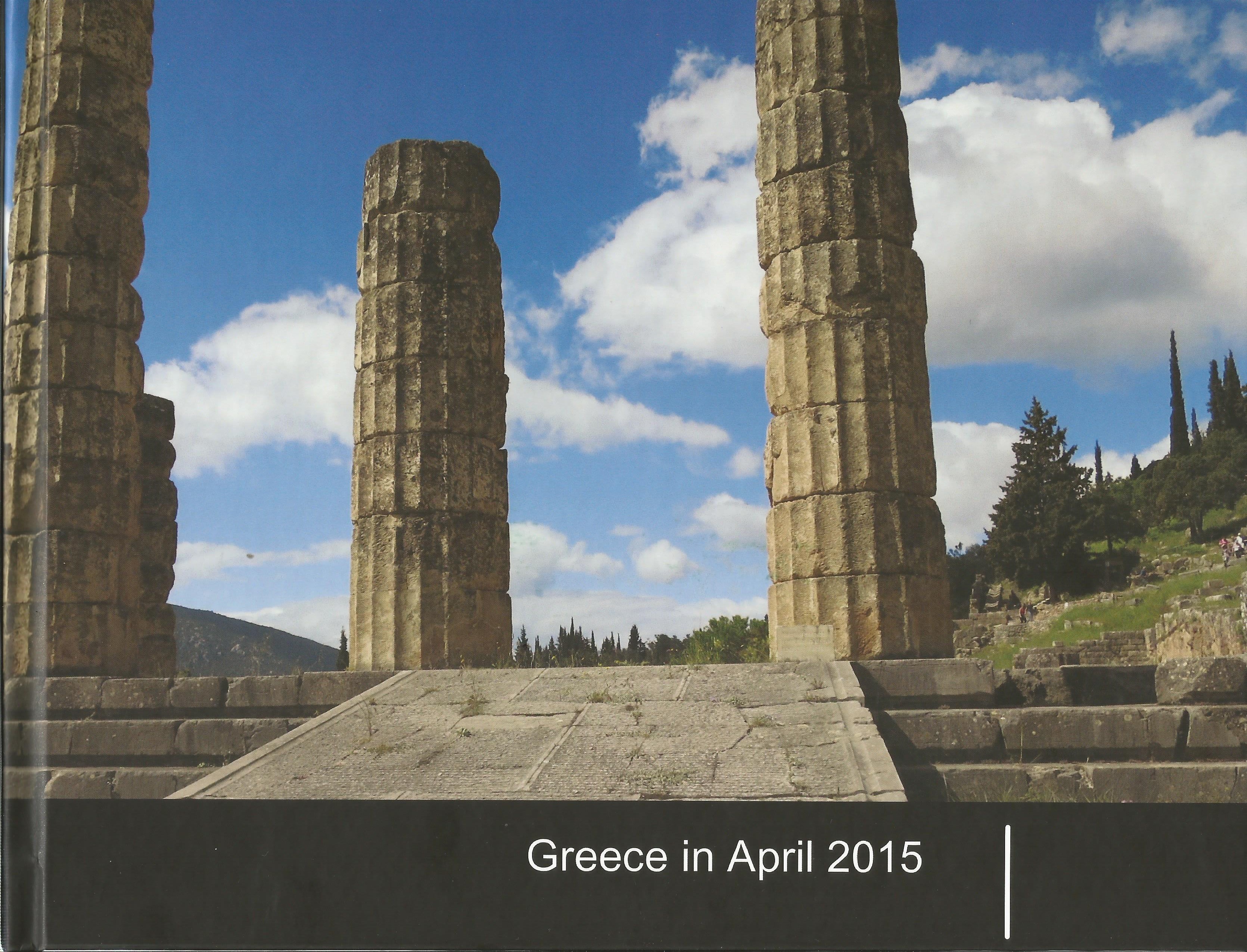e-Learning Reloaded: Top 50 Web 2.0 Tools for Info Junkies, Researchers & StudentsPublished on Monday 18th of February, 2008
By Jessica Hupp
There's a reason why the Web is called the information superhighway-it's full of seemingly limitless resources for learning and research. And with the advent of Web 2.0, harnessing this information has never been easier. These are some of the best tools for organizing, citing, searching, and more online.
Organization
With all of the information available online, it's hard to keep track, but these tools will help you stay together.
1.
RSS: For ongoing publications, you can subscribe to syndicated feeds and get updates every time there's new information.
2.
Backpack: Backpack does what it sounds like it does-it keeps all of your stuff like notes, lists, ideas, calendar, and more all in one handy place.
3.
Remember the Milk: Create a checklist for your project, stay on top of assignments, and more with this handy to-do app.
4.
Google Docs and Spreadsheets: Keep all of your documents online, and even collaborate with peers using this tool from Google.
5.
Google Notebook: Add clips, organize your notes, and even access your notes from your mobile phone with Google Notebook.
6.
openonmy: Store files up to 1GB so that you can research and save information from anywhere with an Internet connection.
7.
ThinkFold: Create outlines that can be shared and collaborated in realtime using ThinkFold.
8.
Bubbl.us: Use this mind mapping tool to get your thoughts in order.
9.
Flowchart: Create charts to organize your thoughts or notes with this neat tool.
10.
Connotea: Designed for researchers, clinicians and scientists, this reference management tool is great for organizing and sharing references.
11.
Google Calendar: Stay on top of assignment deadlines and more with this calendar. You can even add publicly-available calendars, like school schedules and more.
12.
Zotero: Use this handy extension to collect, manage, and cite your research sources right from your browser.
13.
Netvibes: Use Netvibes as your go-to page for collecting RSS feeds, and for jumping off points for research.
14.
Notecentric: Using Notecentric, you can not only organize your notes online, but also share them with your classmates.
Bookmarks & Citation
Stay on top of references and generate bibliographies using these neat tools.
15.
Yahoo! Bookmarks: Yahoo's bookmark tool makes it easy to organize with folders, utilize the drag and drop functionality, and more.
16.
Diigo: Diigo makes it easy to highlight, clip, and sticky-note right on a web page.
17.
Notefish: Put all of your web research in one simple page with Notefish.
18.
Qipit: Take a photo of notes and documents, and this service will turn it into a readable, taggable document.
19.
BibMe: Enter books, websites, journals, and other sources into this tool, and it will automatically create a bibliography for you. They'll even let you choose between different formats.
20.
Clipmarks: Clip out important pieces of the web using this neat app.
21.
Del.icio.us: Use del.icio.us to organize your bookmarks online, and access them easily with tags.
22.
Google Bookmarks: With Google Bookmarks, you can keep track of sites and add your own searchable notes to them.
23.
Wizlite: Highlight the Internet like it's paper, then share it with your classmates or colleagues.
24.
MyStickies: This awesome sticky note app allows you to put post-its on your desktop, or perhaps most importantly for researchers, on specific web pages.
CommunicationGet connected with experts, classmates, and colleagues using these tools.
25.
ConceptShare: If you're working on a group project, this tool is great for collaboration. Because it's web based, this tool is particularly ideal for long-distance group members.
26.
LinkedIn: This professional networking tool is great for research. You can find experts in specific industries and even ask questions for the community to answer.
27.
SpeakLike: Forget about language barriers, and use this chat application that will translate between two languages simultaneously.
28.
Campusbug: This cool community has loads of useful tools, like flashcards, a bibliography generator, rapid learning, and a question bank.
29.
NoteMesh: Using NoteMesh, you can share your notes with classmates whether they're right next to you in class or on the other side of the world.
Money and NumbersWhether you're figuring out student loans or deciding how much to charge for your research, these tools can help out.
30.
Instacalc: This calculator will do just about anything you want it to, and you can save links for later reference.
31.
Prosper: Find the money you need to pay for school on this peer-to-peer loan site.
32.
Calcoolate: With this cool calculator, you can do calculations, save your calculating history, and even replace your Windows calculator with the app.
33.
Wesabe: This dashboard has it all, with advice, accounting tools, and more.
Search ToolsUse these tools to find the information you're looking for.
34.
trueknowledge: Get answers to your questions from this search engine built on knowledge.
35.
CiteULike: Find academic papers on this site using their easy search and tags.
36.
ChaCha: Use this human-powered search engine to find what you need. You can even use a live guided search with a real person who will ask you questions to find exactly what you want.
37.
PennTags: Search through this user-created catalog to find articles and other references.
38.
Footnote: Use this tool, and you'll get access to millions of original documents from archives to shoeboxes.
39.
SiteTradr: Find sites that are ranked socially by the education community on SiteTradr.
40.
Wikipedia: Wikipedia is a great repository of information, both as an end point or a place to get started.
LearningLearn how to do just about anything with these collaborative sites.
41.
Instructables: Find out how to do just about anything, with pictures, on this instruction site.
42.
BookRags: Find guides, lesson plans and more on BookRags.
43.
College-Cram: College-Cram offers "social learning," with resources, study groups, and more.
44.
eHow: In this community, you'll learn how to do everything from sneaking your child into a gifted program to creating a scavenger hunt.
45.
Edublogs: See what instructors are saying and check out blogged classes on Edublogs.
46.
TutorLinker: Get one-on-one guidance with a tutor from this site.
47.
AnswerU: Ask a question, or look up old ones on this student-governed Q&A site.
48.
MIT OpenCourseWare: Some colleges offer free courses, but MIT is the Queen Mother of them all with 1,800 courses to choose from.
49.
SuTree: Get community knowledge with video lessons from all over the web.
50.
wikiHow: In this collaborative writing project, you can get and share knowledge on more than 30,000 articles.
HT: Jessica for this excellent collection of links.
Labels: Christian education, Communication, Community, Internet, Learning, Web 2.0
 Please realise that the study of clinical medicine is unlike any other schooling you have gone through before.
Please realise that the study of clinical medicine is unlike any other schooling you have gone through before.







 Of course, the sashimi dish helps too.
Of course, the sashimi dish helps too.



























